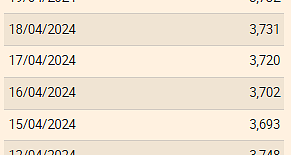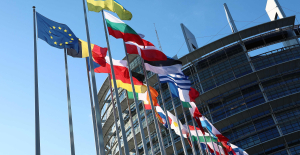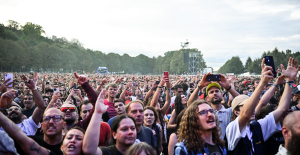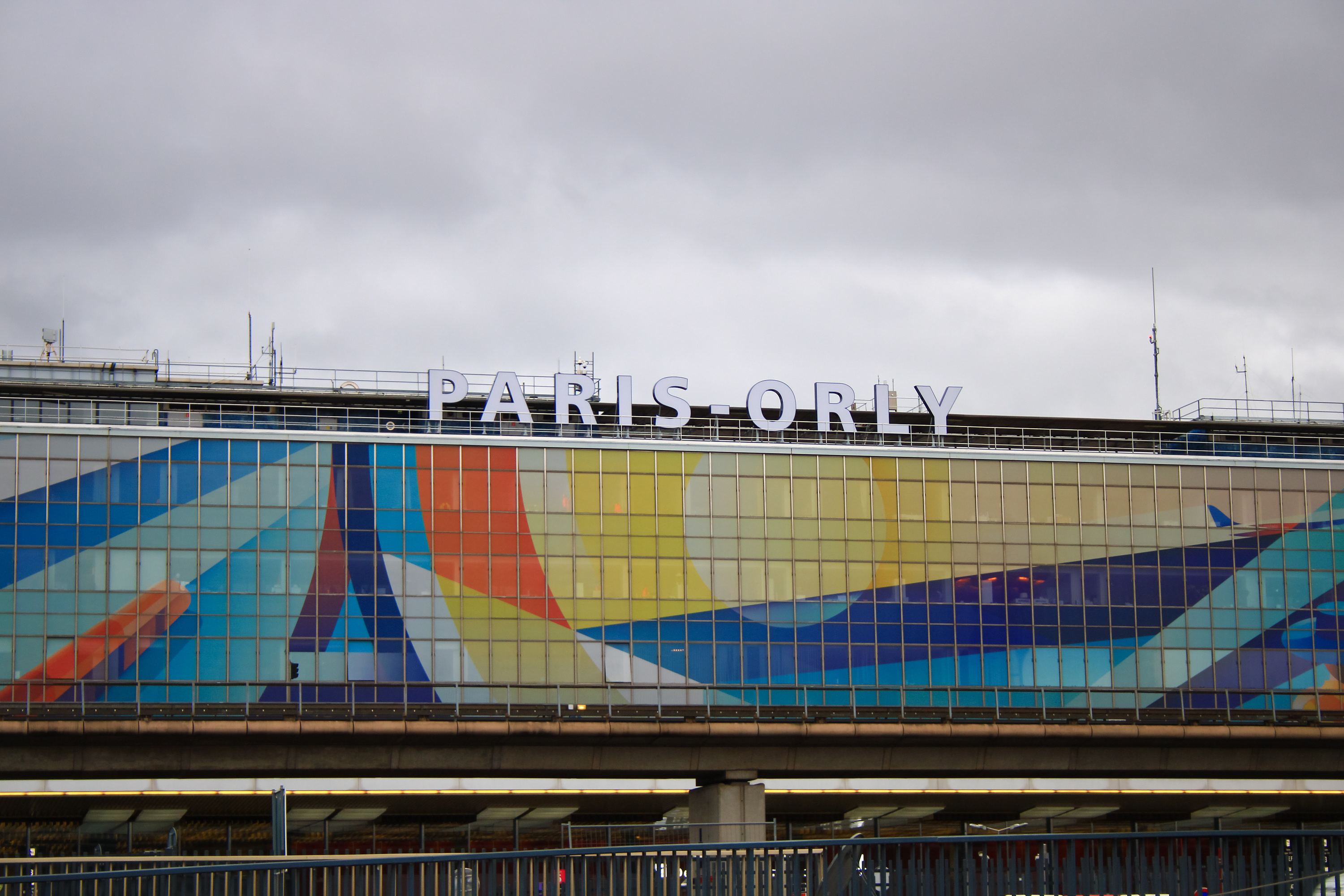media technologies is with and determines the human relationships to the nature, puts its mark on how we socialize, what we are talking with each other about our everyday routines and common traditions. Media's place in our lives can take tangible expressions, such as when we are increasingly able to socialize with others but to find ourselves in the same place. But also in more subtle, not always obvious way incorporated form of communication in our lives. The significance for how we remember and what we remember, what we are experiencing, affected by, and for the direction of our feelings and reactions of the tar.
Man has always been fascinated by and embraced the technologies that extend the senses, that goes past the body's limits and blurs the passage and the room's importance. With each new medium, the transfer of content has become more immediate and reached more and more in the digital networks that now winds across the earth, divided and spread the message with the fire's speed.
The experience gained as a medium of giving will not disappear with the emergence of the new. The digital culture has in many ways intensified the känsloerfarenheter that in the past the media has given us, such as the experience of being able to be both here and there, to be able to watch, listen to and read about others, to be invisible as a body. It has also brought new opportunities for social interaction. We can be heard and seen, create content and communicate with others in way that has never been possible before.
the Range of the others ' presence, the realtidsbaserade communication and the viral känslosmittornas effects creates a group ethos whose extent and meaning are new to us.
to characterize sociality in the digital rooms is the experience of being alone together. We share experiences, feelings, images, texts with others who are elsewhere. At the same time, it is the group, the actual accumulation and the amount of the other that distinguishes the digital get-togethers. The range of the others ' presence, the realtidsbaserade communication and the viral känslosmittornas effects creates a group ethos whose extent and meaning are new to us.
Dealing with and through the screens is an experience that is both similar to and different from the actual physical meetings. It draws nourishment from our inherent sociality, of our need to hang out with, look at, listen to and be part of a community with other people, and get their framing of the technology which this interaction takes place within. Words, sounds, images, stories, can cause direct bodily reactions, increase our pulse, get our eyes watering or skin to knottras of fear. They can also awaken our reflective abilities, let us live ourselves into other people's situations, actual or not. To media interact with the human nervous system also shows the increasing number of neuroscience studies where one can observe the movements and flows in the brain that occurs when we see, hear or read. It is about changes in the body as follows on the various impulses from outside and inside, as the amygdalans activation in the anger and frustration, our belöningssystems alluring exudates when we feel at ease and about the insights that emotions form the basis for our thoughts, decisions and behaviors.
in the digital space, to be one of the group, consists of a lot of emotions contagious. The speed and direct communication creates an immediacy that is intensified by the range of reactions, of the power of the noise of the multitude of expression. It is just the feeling of what is being said and to what is said, seen and heard, which in many cases is the group's common denominator. It is an affective technology built around the sharing and smittandet of emotions that speaks to our rapid response and reactions. Collective känslospridning is the social platform feature. This is a constant emotional noise, an ever-present flow of emotions, high exclamations, opinions and assumptions that are clamoring for our attention, our sentient.
Collective emotion is, by nature, fast and fluid. The moves, the jumps between bodies, increasing in order to then disappear off and be ingested by the new. The speed and the short kommunicerandet that characterizes the social platforms ' construction lends itself well to the more powerful and pure emotions. Hatred, anger, fear but also love and confirmation fit in well with the gruppstyrda känslorytmerna. They take the easier our attention, requires less thoughtfulness than vague, complex choices and perceptions. The strong emotions imprint will be easily convincing, get a kännandets authenticity. They can wrap us with without much thought but nonetheless linger as beliefs both about ourselves and about others. By giving us a strong sensation seems our immediate reactions, which in some sense true, that something is uncomfortable, wrong, outrageous. This applies in particular to experiences of fear and anxiety that is linked to our fast-paced threats and defense, and therefore easier to knock out our more reflective abilities.
domination is strengthened also by the fact that they can be disseminated and communicated to the other, without regard for the norms of speech and behavior which guides us in other contexts. Reduced self-control and self-control is supported by the secluded body's invisibility, which can ”speak” more freely, more quickly, without being hampered by social guidelines for behaviour and without the risk of being excluded from the group. The more general scales that regulate the performances and expression in the public space has declined in importance and been replaced by different groups own standards. With the weakening of the digital gruppkulturen the social shame branding reproach function.
the Feeling of threat from outside, from the alien, that binds together certain groups is as much dependent on the confirmation of the perceived danger.
At the same time that we can be part of our global network and together with millions of others to follow the media content, share news, uppröras and discuss on various forums, we can choose to only take part of what we already believe us to think, feel, and know in small groups. You can certainly direct the eyes toward the same direction, but the meaning and understanding created by the group's own interpretations and ways of understanding the world. It is as if the digital groups widespread presence is, if not in contradiction to the general common, so, in a more charged than in the past.
the Feeling of threat from outside, from the alien, that binds together certain groups is as much dependent on the confirmation of the perceived danger. The social lubricants that create the basis for emotional contagious, even if what is expressed is hatred, fear, or intimidation, obtain nourishment from the heart-warming feeling of belonging to a group, to share his indignation and the object it is directed towards other who feel the same.
the social self longing and desires that constitute the raw data as artificial intelligence algorithmic calculations rest on, its compilation of patterns in our behaviors, opinions, preferences. As social creatures, we are dependent on the appreciation, to feel a sense of belonging and to receive acknowledgement and respect from others. Social platforms are designed after precisely meet and speak to those universal human needs and increase user engagement. The so-called ”like-culture,” which emerged on Facebook based now on the algorithmic circles of feedback that enables our känslosystem. To use on the brilliant way man's deep-lying needs of the community and recognition from others in order to get us to return, scroll, search, and share. The känslobaserade feedbacksystemen can also be based on the activation of negative emotions such as frustration, confusion, which more easily allows us to quickly react, press, looking, further, to mitigate the discomfort it gives us.
It is also these algorithmic systems of pattern that tailors the ads and news feeds, we are surrounded by in these rooms, the känsloriktade message that can affect our mood, what we consume and, in some cases, how we vote. With alarming clarity shows more and more studies of how these systems have made it possible to statistically predict the user's individual preferences, approval and disapproval based on their digital behavior – and then create and provide contents that reflect and predict these preferences. So-called computational propaganda, for example, has been used by political strategists in order to generate specific emotions as mistrust and anger with the help of inaccurate information and fictional events.
and the digital system network is based on our emotional imprint. Algoritmernas supposedly rational and logical numerical codes is designed for detecting patterns in our desires, our longings and our desires. It is a kind of emotional structure that is processed into figures, statistics, which, in turn, determines the information we receive, and thus the knowledge produced and circulating on the social platforms.
The group participation that digital interaction rests on facilitates the communication between people and increase the collective informationsdelandet. But it also creates an affective atmosphere where we can easily be swept away, be swallowed up by a feeling and of the body's pulsating. A body which is inserted in the emotional rhythms in place of the flows of words, images, speech of the other, and on the other that we are part of.
In a time when dealing with and understanding of others, and the world largely takes place in and through the media, it is important to realize that our emotions, what we feel and react on, is shaped both by the technology we use and of how the narrative about the other place. And technologically sophisticated systems we have created to enable and make use of our basal just in a more intricate and seductive ways than ever before.
Anja Hirdman is a professor and senior lecturer at JMK, Stockholm university.

 The Euribor today remains at 3.734%
The Euribor today remains at 3.734% Germany: the trial of an AfD leader, accused of chanting a Nazi slogan, resumes this Tuesday
Germany: the trial of an AfD leader, accused of chanting a Nazi slogan, resumes this Tuesday New York: at Columbia University, the anti-Semitic drift of pro-Palestinian demonstrations
New York: at Columbia University, the anti-Semitic drift of pro-Palestinian demonstrations What is Akila, the mission in which the Charles de Gaulle is participating under NATO command?
What is Akila, the mission in which the Charles de Gaulle is participating under NATO command? What High Blood Pressure Does to Your Body (And Why It Should Be Treated)
What High Blood Pressure Does to Your Body (And Why It Should Be Treated) Vaccination in France has progressed in 2023, rejoices Public Health France
Vaccination in France has progressed in 2023, rejoices Public Health France Food additives suspected of promoting cardiovascular diseases
Food additives suspected of promoting cardiovascular diseases “Even morphine doesn’t work”: Léane, 17, victim of the adverse effects of an antibiotic
“Even morphine doesn’t work”: Léane, 17, victim of the adverse effects of an antibiotic MEPs validate reform of EU budgetary rules
MEPs validate reform of EU budgetary rules “Public Transport Paris 2024”, the application for Olympic Games spectators, is available
“Public Transport Paris 2024”, the application for Olympic Games spectators, is available Spotify goes green in the first quarter and sees its number of paying subscribers increase
Spotify goes green in the first quarter and sees its number of paying subscribers increase Xavier Niel finalizes the sale of his shares in the Le Monde group to an independent fund
Xavier Niel finalizes the sale of his shares in the Le Monde group to an independent fund Owner of Blondie and Shakira catalogs in favor of $1.5 billion offer
Owner of Blondie and Shakira catalogs in favor of $1.5 billion offer Cher et Ozzy Osbourne rejoignent le Rock and Roll Hall of Fame
Cher et Ozzy Osbourne rejoignent le Rock and Roll Hall of Fame Three months before the Olympic Games, festivals and concert halls fear paying the price
Three months before the Olympic Games, festivals and concert halls fear paying the price With Brigitte Macron, Aya Nakamura sows new clues about her participation in the Olympics
With Brigitte Macron, Aya Nakamura sows new clues about her participation in the Olympics Skoda Kodiaq 2024: a 'beast' plug-in hybrid SUV
Skoda Kodiaq 2024: a 'beast' plug-in hybrid SUV Tesla launches a new Model Y with 600 km of autonomy at a "more accessible price"
Tesla launches a new Model Y with 600 km of autonomy at a "more accessible price" The 10 best-selling cars in March 2024 in Spain: sales fall due to Easter
The 10 best-selling cars in March 2024 in Spain: sales fall due to Easter A private jet company buys more than 100 flying cars
A private jet company buys more than 100 flying cars This is how housing prices have changed in Spain in the last decade
This is how housing prices have changed in Spain in the last decade The home mortgage firm drops 10% in January and interest soars to 3.46%
The home mortgage firm drops 10% in January and interest soars to 3.46% The jewel of the Rocío de Nagüeles urbanization: a dream villa in Marbella
The jewel of the Rocío de Nagüeles urbanization: a dream villa in Marbella Rental prices grow by 7.3% in February: where does it go up and where does it go down?
Rental prices grow by 7.3% in February: where does it go up and where does it go down? Europeans: “All those who claim that we don’t need Europe are liars”, criticizes Bayrou
Europeans: “All those who claim that we don’t need Europe are liars”, criticizes Bayrou With the promise of a “real burst of authority”, Gabriel Attal provokes the ire of the opposition
With the promise of a “real burst of authority”, Gabriel Attal provokes the ire of the opposition Europeans: the schedule of debates to follow between now and June 9
Europeans: the schedule of debates to follow between now and June 9 Europeans: “In France, there is a left and there is a right,” assures Bellamy
Europeans: “In France, there is a left and there is a right,” assures Bellamy These French cities that will boycott the World Cup in Qatar
These French cities that will boycott the World Cup in Qatar Serie A: Bologna surprises AS Rome in the race for the C1
Serie A: Bologna surprises AS Rome in the race for the C1 Serie A: Marcus Thuram king of Italy, end of the debate for the position of number 9 with the Blues?
Serie A: Marcus Thuram king of Italy, end of the debate for the position of number 9 with the Blues? Milan AC-Inter Milan: Thuram and Pavard impeccable, Hernandez helpless… The tops and flops of the derby
Milan AC-Inter Milan: Thuram and Pavard impeccable, Hernandez helpless… The tops and flops of the derby Ligue 2: Auxerre leader, Bordeaux in crisis, play-offs... 5 questions about an exciting end of the season
Ligue 2: Auxerre leader, Bordeaux in crisis, play-offs... 5 questions about an exciting end of the season


















